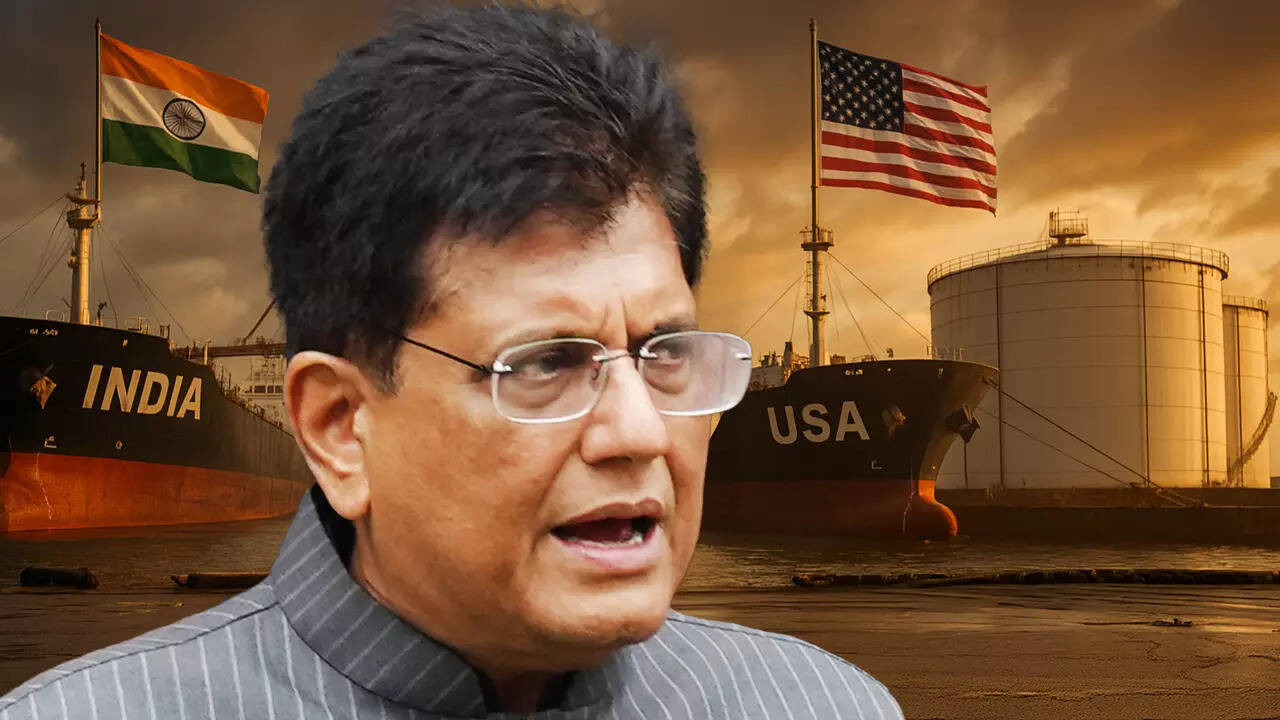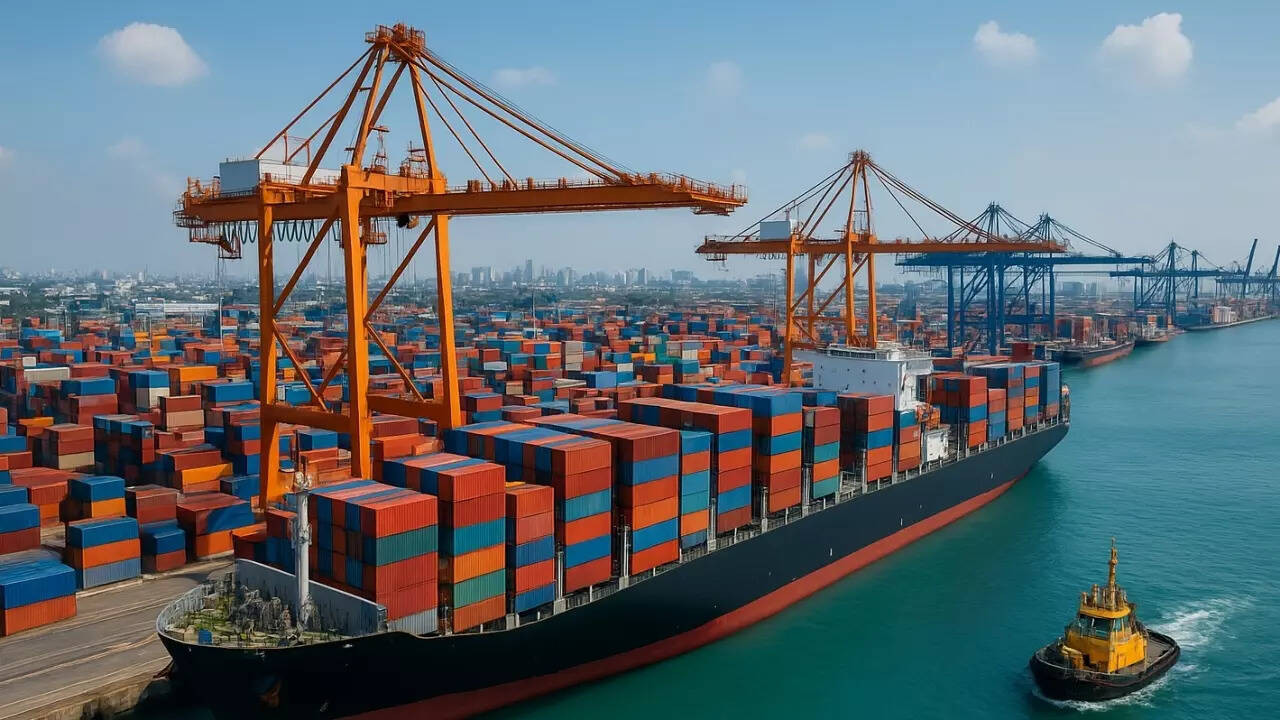Revving Up India’s Export Engine: A Fresh Approach
For a nation with its sights set firmly on becoming a global economic powerhouse, a robust export sector isn’t just desirable – it’s absolutely crucial. Recognizing this, the Indian government has just rolled out a comprehensive, four-pronged strategy designed to give the country’s exports a significant shot in the arm. Forget incremental tweaks; this feels like a real attempt to reshape the landscape.
So, what exactly does this plan entail, and why is it potentially a game-changer? Let’s break it down.
First up: Overhauling Logistics. We’ve all heard the stories of goods languishing in ports, tangled in red tape, or simply taking far too long to reach their final destination. The government’s plan tackles this head-on, aiming to slash transit times and lower logistics costs. This isn’t just about efficiency; it’s about competitiveness. In a world where speed and reliability are paramount, shaving days off delivery times can make all the difference between winning and losing a contract. Imagine the impact on sectors like textiles or pharmaceuticals, where timely delivery can be the difference between profit and perish.

The second pillar focuses on Ramping Up Infrastructure. India’s infrastructure has seen considerable improvements in recent years, but there’s still work to be done, particularly in areas crucial for exports. Think better roads connecting manufacturing hubs to ports, upgraded port facilities that can handle larger volumes, and expanded air cargo capacity. This isn’t just about building new infrastructure; it’s about smart infrastructure – strategically planned and executed to maximize its impact on the export sector. Imagine seamless transport of goods from factories in the hinterlands directly to ships bound for global markets.
Third, the strategy aims to foster Greater Export Diversification. For too long, India’s export basket has relied heavily on a relatively narrow range of products and markets. The new plan seeks to broaden this, encouraging the export of a wider variety of goods and services to a more diverse set of countries. This reduces vulnerability to fluctuations in demand in specific sectors or regions, making the overall export performance more resilient. Think beyond traditional exports like textiles and gems – imagine India becoming a major exporter of high-tech components, renewable energy equipment, or even specialized agricultural products. This push for diversification should help with India’s goal to increase its share of the global export market.
Finally, and perhaps most importantly, the plan aims to Empower Exporters with Support. Navigating the complexities of international trade can be daunting, especially for smaller businesses. The government’s strategy includes measures to provide exporters with better access to information, finance, and training. This includes simplifying export procedures, reducing bureaucratic hurdles, and providing financial incentives to encourage export activity. Imagine a scenario where small and medium-sized enterprises (SMEs) across India are empowered to access global markets, driving economic growth and creating jobs.
The success of this ambitious plan hinges on effective implementation and close collaboration between government agencies, industry stakeholders, and, of course, the exporters themselves. It’s not enough to simply announce the policy; it needs to be translated into tangible action on the ground. For example, this new initiative echoes previous attempts to boost India’s manufacturing sector. It’s crucial that this latest effort avoids the pitfalls of the past.
The government is betting big on this four-pronged approach to unlock India’s export potential. This is more than just a policy announcement; it’s a statement of intent. Whether it translates into a sustained surge in exports remains to be seen, but the direction is undeniably positive. If executed effectively, this strategy could be a significant step towards realizing India’s ambition of becoming a global export powerhouse.
Slug suggestion: india-export-strategy







